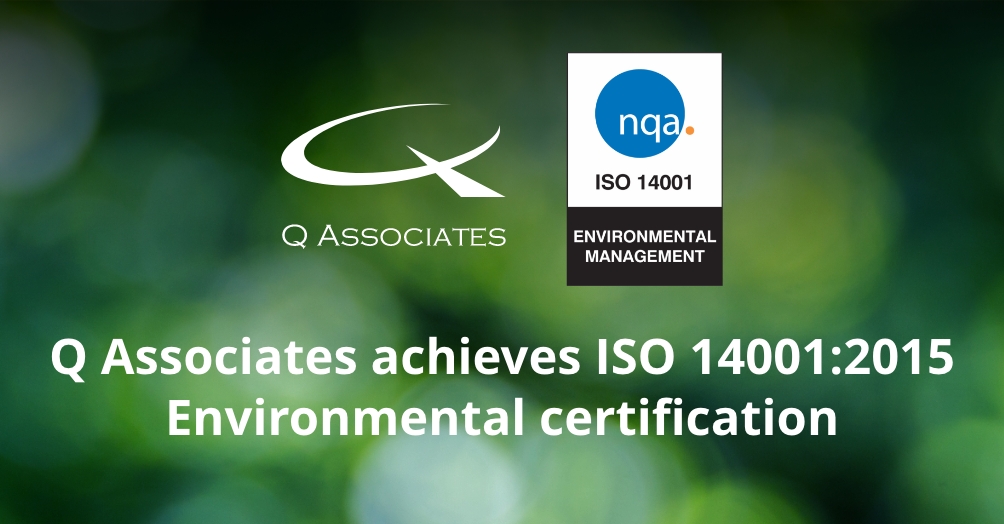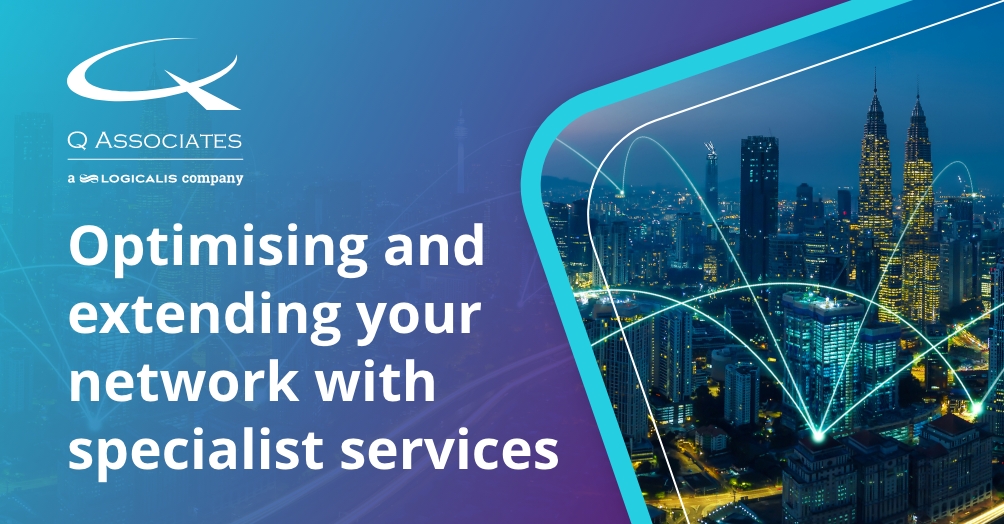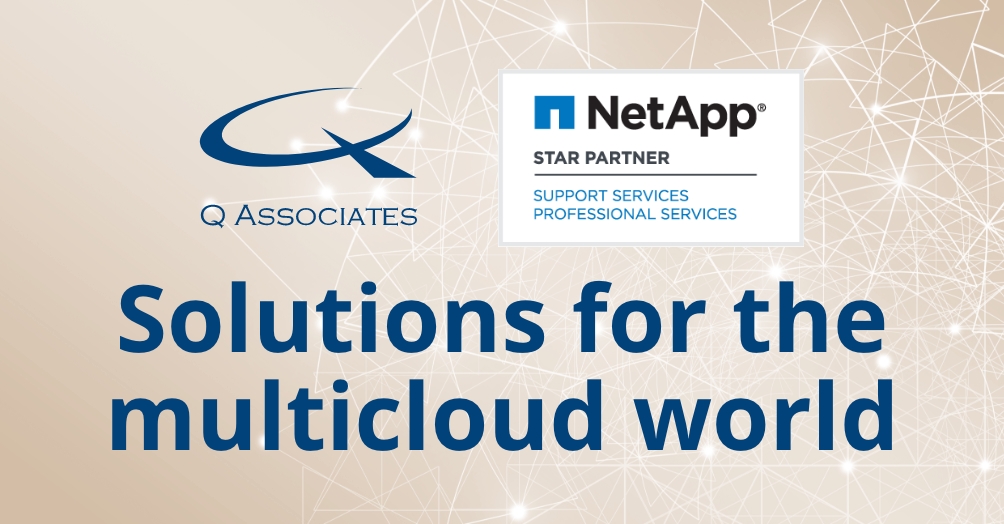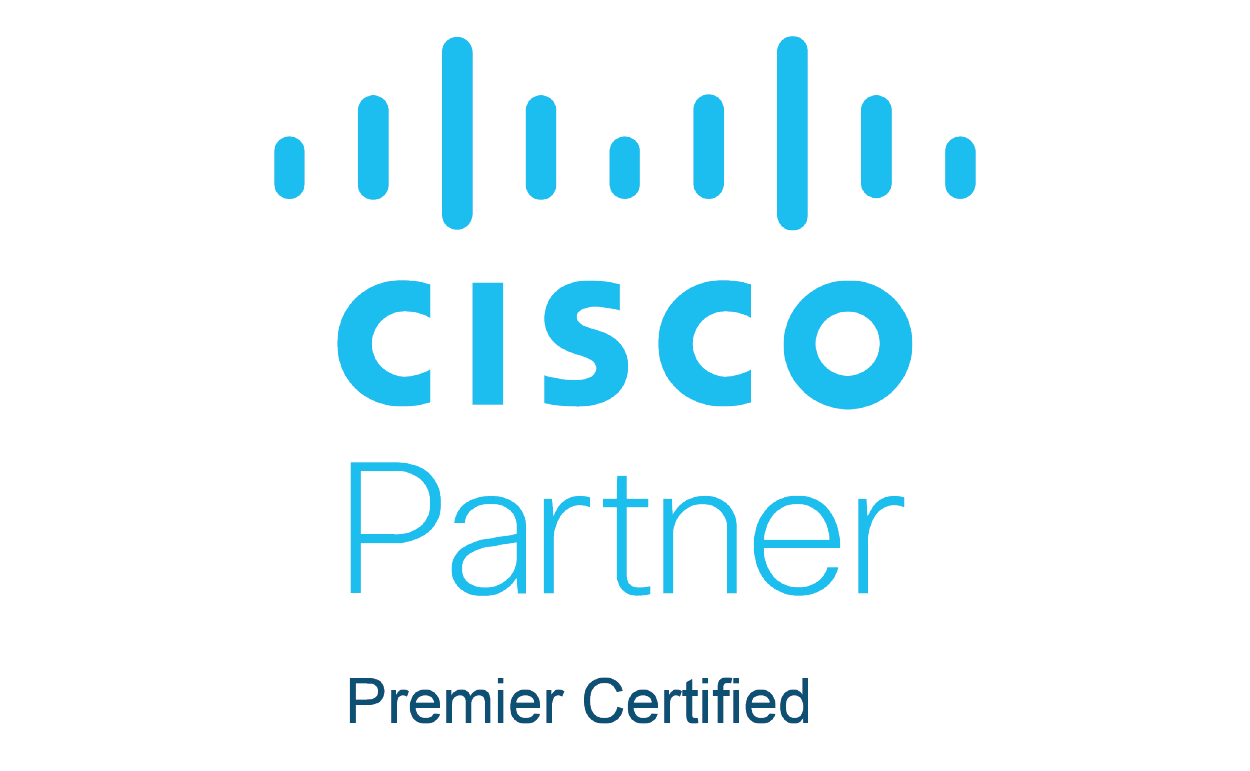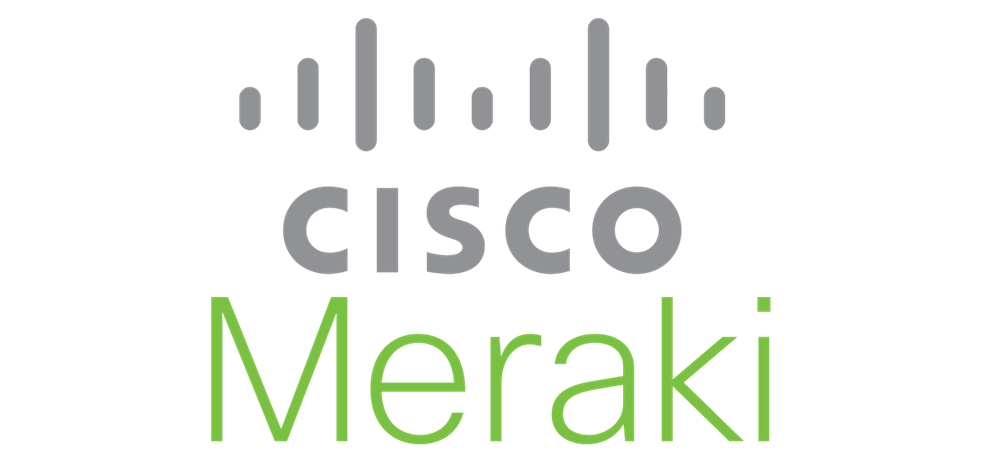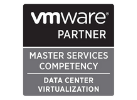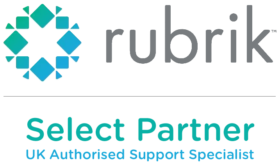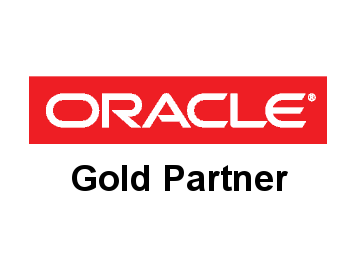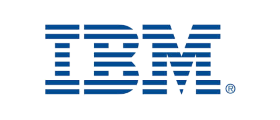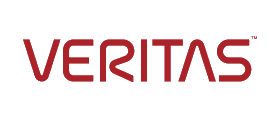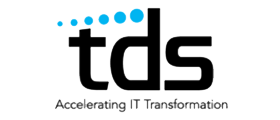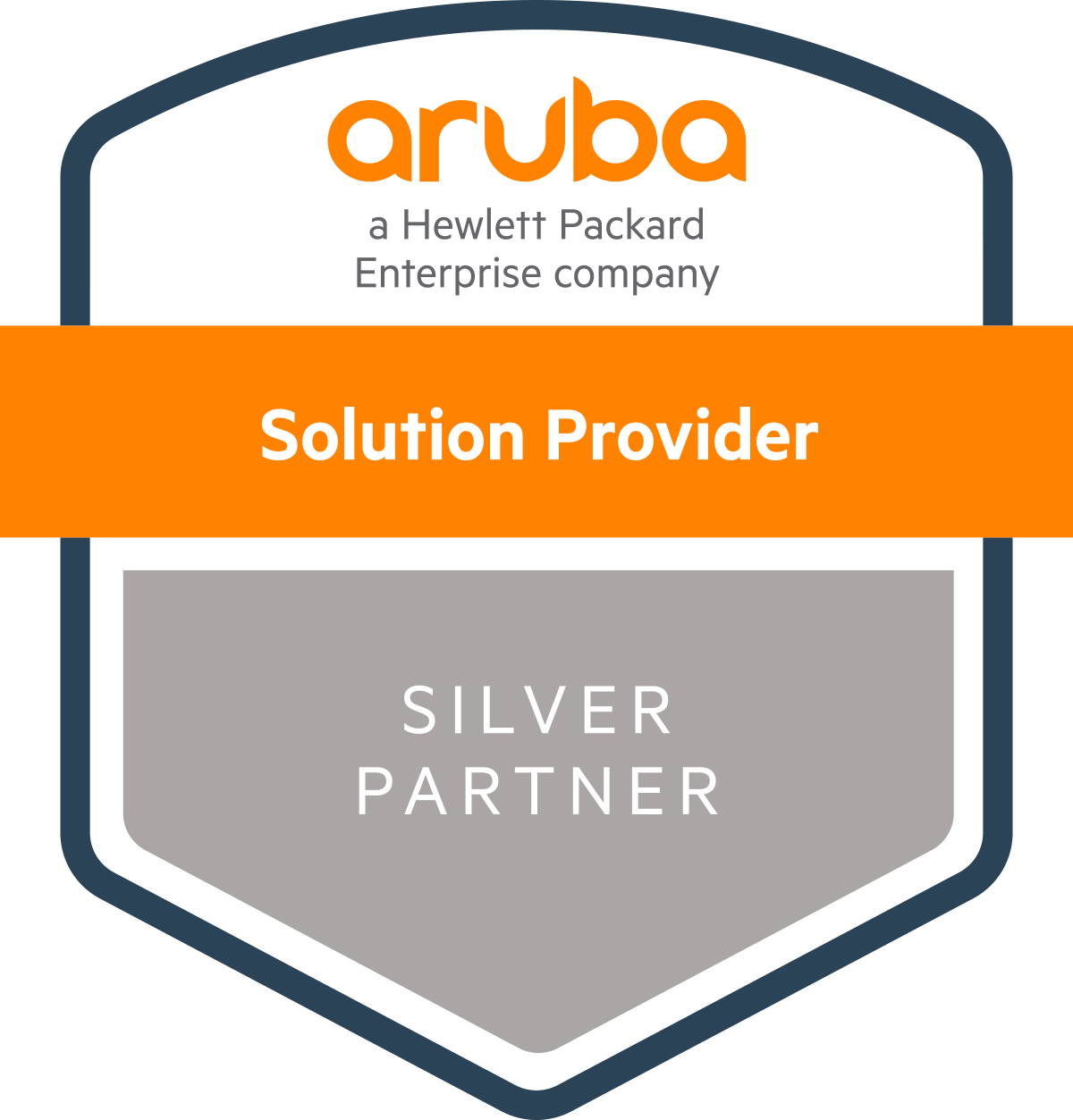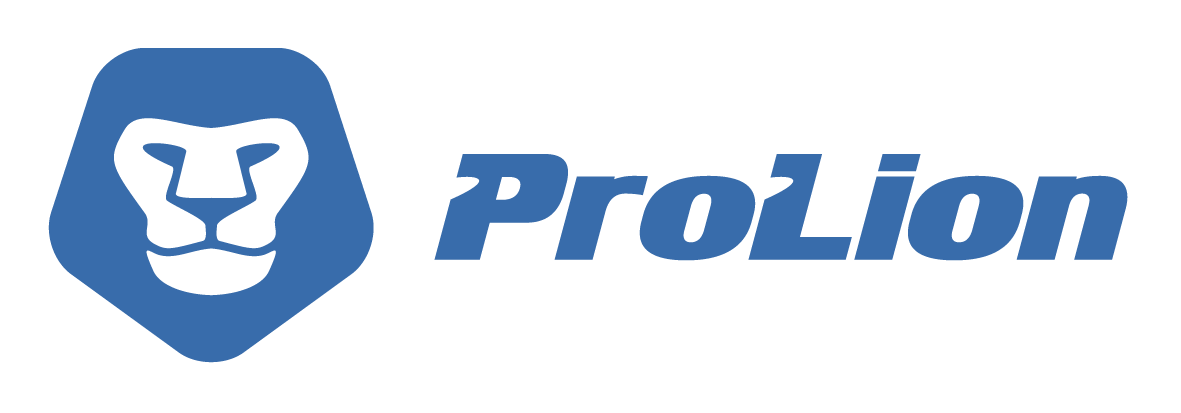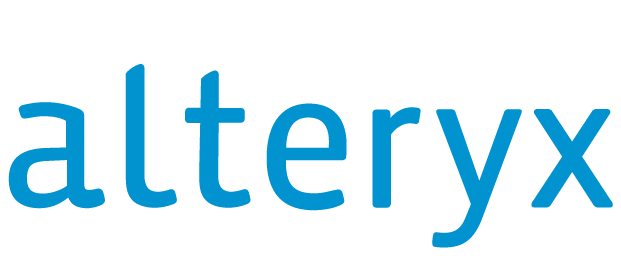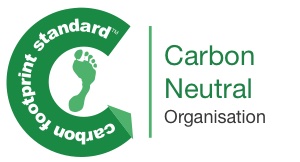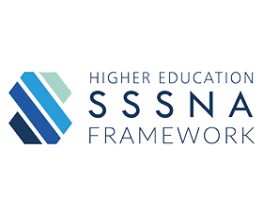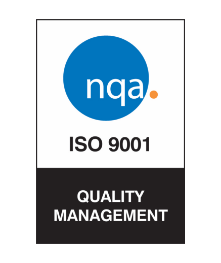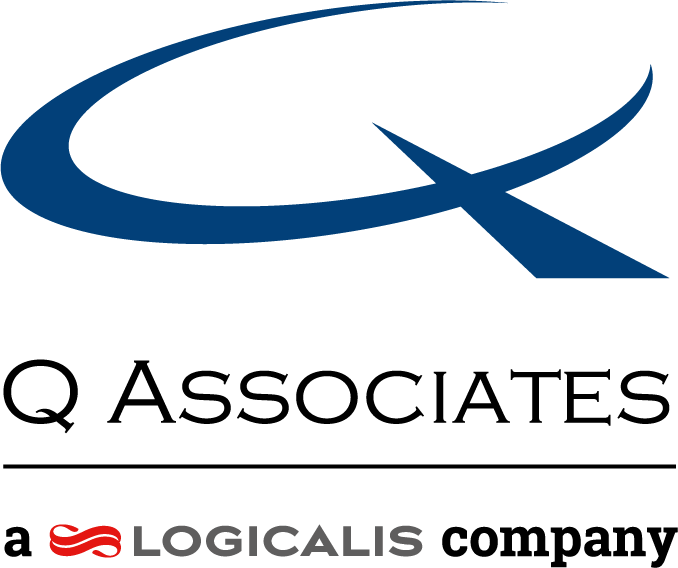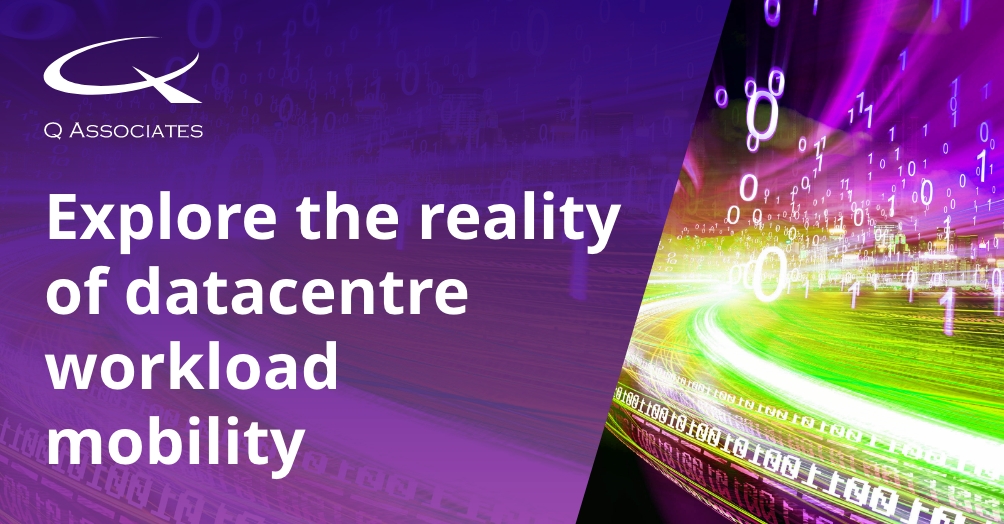
The challenge of achieving true mobility for datacentre workloads
January 12, 2022
The cloud has become an established aspect of IT infrastructure because of perceived gains in agility, innovation and resilience. These goals are achievable, but in our experience, many businesses are making strategic decisions that limit potential return on investment – and reduce the potential for agility that drives cloud adoption in the first place.
For new workloads, it is possible to achieve immediate benefits by building them directly in the cloud. However, legacy workloads present a different challenge – particularly in terms of data centre mobility.
Understanding potential cloud transition strategies
There are several different models for transitioning workloads to the cloud, but the seven most established options are as follows:
- Replace
Some legacy apps have SaaS alternatives. Most offer a well-documented transition process, making adoption relatively straightforward. As an added benefit, these SaaS applications are regularly updated and enhanced with new features.
Related read: Ready to upgrade your legacy system? Here’s what you need to know
- Retain
Occasionally there is no financially viable replacement for a legacy app. Where this happens, attention shifts to optimising infrastructure to improve performance of the application on-premises.
- Retire
If a system is underused, insecure or cannot be run on modern architecture, it may be time to replace it entirely. When this happens, the legacy app can be retired – just make sure to choose a replacement that aligns with your data centre mobility goals.
- Re-host
The simplest of all cloud migration projects, also known as “lift and shift”. Re-hosting is conceptually simple – recreate existing infrastructure on a cloud platform. This is still the most popular route into the cloud for most businesses.
- Re-platform
Another option is to replace virtual machines with cloud native services, such as hosted databases and message queueing engines. This approach increases scalability (and cost) but comes at the expense of reduced mobility.
- Re-factor
Re-factoring takes this a stage further, effectively rebuilding legacy apps around the services provided by a specific cloud platform. Although scalable and performant, this process is the most complex and costly of available options – and it offers minimal mobility because you are tied to the specific platform and its services.
- Re-build
The dream option is to re-build legacy apps using abstraction technologies that utilise containerisation, such as Docker and Kubernetes. The process is complex and costly, but also offers maximum future-proofing potential because the containers are platform agnostic and can be moved to any cloud provider without problems.

The pitfalls of re-hosting
In our experience, most organisations choose to proceed down the re-hosting route because it is straightforward and the lowest cost way into the cloud. OS and applications are loaded onto the hypervisor provided with their chosen service, and workloads transferred across once the virtual machines are ready.
Although this approach allows customers to gain a foothold in the cloud, they do not gain anything in terms of mobility. This limits future growth plans or attempts to reduce costs because they cannot simply migrate their VMs to another provider. Instead, they would need to repeat the lift-and-shift process all over again.
Re-hosting is not a magic cost-cutting exercise however. Most businesses will notice a significant increase in running costs initially, as on-prem infrastructure continues to run alongside the new cloud platforms. Migration investments will also add to the headline cost. Only after migration is complete can on-prem infrastructure be scaled back. This will then be followed by optimisation of the cloud platform; rightsizing, scheduling policies and reserved instances will boost efficiency and lower running costs.
By the third year of cloud operations – once all optimisations are complete and on-premises systems have been retired – costs could be reduced by as much as 55%. But…
Technical debt is a significant concern
The transition and initial un-optimised cloud costs create significant technical debt. Until the cloud environment is fully optimised, this debt cannot be repaid. Gartner estimates that it could take over a decade to repay the technical debt and unlock the remaining ROI.
It is also worth noting that technical debt will increase every time you try to move platforms. Any factor that forces you to delay migration is the very antithesis of data centre mobility.
When our customers begin to crunch the numbers, many find that the cost of transitioning legacy apps outweighs the potential gains. Rather than re-hosting, they are choosing to replace older apps with SaaS versions – or to build new cloud-native, containerised apps.

Taking a long-term view
With the right partner, it is entirely possible to achieve your data centre mobility goals, reduce infrastructure costs and manage the new normal of hybrid cloud. But when managing the process in-house, it makes sense to delay cloud migration in the absence of a compelling event to ensure maximum data centre mobility. A big bang re-hosting project can incur a significant volume of technical debt, costing more than the potential return.
Sometimes the best location for legacy applications is still the on-premises data centre. You may sacrifice mobility, but there are opportunities to optimise the environment to deliver increased efficiency and resilience without incurring additional technical debt.
Over time, migration options will become available, either a SaaS version is released, or the opportunity presents itself to build a new, cloud-native containerised replacement. In fact, containerised applications can be built and deployed at any time, ready for migration when the time is right.
This is where Q Associates can help – we understand the challenges you face and the solutions that will allow you to overcome them. We believe you can achieve your goals and our solutions will solve your challenges today and provide future mobility with containerised workloads.
Containerisation will be key to achieving your data centre mobility goals. Unlike virtual machines and native cloud services, containers are portable; they are easily moved between on-prem data centres and any cloud service of your choice. And because they can be run on-prem and in the cloud, in development and in production, containers offer consistency throughout the entire application lifecycle. Importantly, containers also enable continuation of legacy services without the overheads and portability problems of virtual machines.
From our customers’ experiences it is clear: in terms of portability – and avoiding technical debt in the cloud – containers offer the best way forward.

How to avoid incurring an unrecoverable volume of technical debt
Whether you need help moving workloads or you’re looking for a Cloud-readiness assessment to help identify opportunities for innovation, our qualified team can help. We work collaboratively with our customers to provide the best possible outcomes by drawing on our vast experience servicing clients on-prem or in cloud environments.
From providing optimisation services for both on-prem and cloud environments to offering bespoke hybrid-cloud infrastructure services to our customers – we can do it all.
To learn more about how Q Associates can assist with on-premises data centre optimisation, containerised applications and increasing app portability, please get in touch.
Get In Touch
Contact Q Associates today if you have any questions or would like to discuss your IT requirements in more detail.
Tel: 01635 248181
Email: Info@qassociates.co.uk
Donna Robinson


